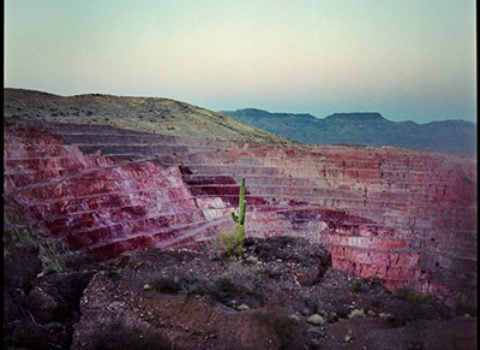Many years from now, a soccer writer of genius — a Gibbon or a Carlyle of the beautiful game — may be able to look back on the 2015–16 English Premier League season and make some sense of it all. For the moment, the millions of fans across the world who follow the competition have been left to marvel at one of the most baffling and unprecedented stories in the annals of sports. As this issue went to press, Leicester City, a team of semi-anonymous fledglings and journeymen, stood top of the table of twenty clubs, five points clear of their nearest rivals, Tottenham Hotspur, with only a few games left to play. The odds of Leicester winning the title before the start of the competition? Five thousand to one. Of their finishing in the bottom three, and thereby incurring the iniquity of relegation to a lower league, a fate they only barely avoided last season? Three to one.
Success in soccer depends on a number of factors — the players, the manager, the backroom staff — but in the modern game, the team with the most money tends to win. Manchester United (net worth: $2.7 billion), the wealthiest club in England, have prevailed in thirteen of the Premier League’s twenty-three seasons to date; Chelsea (net worth: $1.2 billion), the reigning champions, owe no small part of their recent glory to the munificence of the Russian oligarch Roman Abramovich. But Manchester United are currently in sixth place and Chelsea tenth. Leicester, by contrast, are worth $192 million; their two outstanding players, the svelte and wily Algerian winger Riyad Mahrez and the marauding British striker Jamie Vardy, are rumored to have been acquired for a total of $2 million — or one thirty-ninth of what it cost Manchester City to recruit Kevin De Bruyne ($78 million), the most expensive player in the league right now. (Vardy, incidentally, began his career at the lowly Stocksbridge Park Steels, where he was paid $45 a week, a wage he supplemented by working in a local carbon-fiber factory.)
One refrain we’ve been hearing from pundits is that this is what soccer used to be like. Of course, Leicester’s subversive title bid may still be scuppered, and the great powers of the English game may yet reassert themselves. Which is all the more reason to savor the season’s remaining weeks. In February and March, the photographer Samuel James attended several decisive fixtures, where he witnessed the grace, pluck, and (to use a favorite word of English commentators) conviction of the players and the devotion, rage, and ecstasy of the fans. — Giles Harvey
















































































































